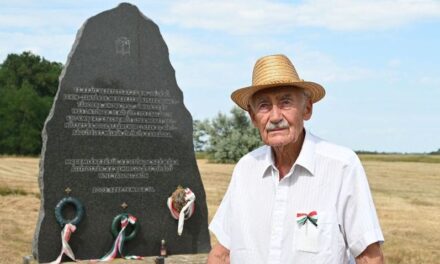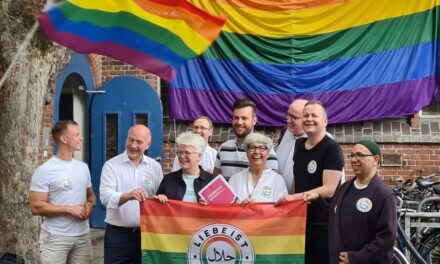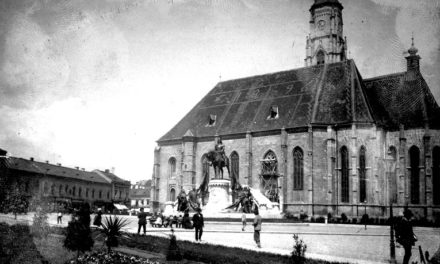Next year, the 40th anniversary of the presentation of the rock opera István, a király will be celebrated with a series of large-scale programs, an exhibition at the Hungarian National Museum, an anniversary performance at the Papp László Budapest Sports Arena, and a concert tour.
László Simon, the director general of the museum, emphasized at the press conference of the series of events on Thursday in Budapest: the case of István the king is a national case. It is a work that has been a defining experience for generations for 40 years, said the director general about the legendary work by Levente Szörényi and János Bródy, whose premiere took place in 1983 on Királydomb in Városliget.
According to his information, an exhibition will be created in 2023, the 40th anniversary of the presentation of the rock opera. The exhibition will talk about the development of the cult of St. Stephen, presenting the important stages of the cult's construction from 1083 to the present day, as well as important material and documents. At the exhibition, important moments, sets, costumes, objects, photographic and film documentation of the rock opera will also be presented to the public.
He added:
the exhibition shows how the personality of Szent István appears in everyday life. In the final part of the exhibition, the important moments of the rock opera, objects, sets, costumes, photographic and film documentation are presented to the public.
He said about the exhibition, which is scheduled to open on May 15, 2023: a concert will be held at the opening and the next day in the garden of the museum, thus kicking off the series of programs planned for the 40th anniversary.
Péter Novák, the director of the jubilee production, emphasized:
I would like to focus on the audience at the performance on August 18 and 19, 2023, and in some parts, they are planning an interactive performance similar to a dance hall meeting, like a folk festival.
The show is produced by Mária Rosta. He said: With Pál Feke's work as a producer and director, a concert cross-section of the play is also being prepared, which will be presented on a national tour.
János Bródy recalled: the piece was originally written for a double LP, its appearance inspired the performances. As he put it, he therefore feels as if the play is reborn at each performance, since it does not have an original stage performance imagined and defined by the authors.
As he said, when they arrived at Királydomb with the recorded material in August 1983, - which was then called sledding hill and was officially named Királydomb after they wrote this on the poster -
at the beginning of the rehearsals, they could not have imagined that the performance would have such an impact on the audience. This process, which continues to this day, started after the successful and demonstration-like performances.
As he recalled, in response to the praise he received after the show, he said that if the show is still remembered thirty years from now, then he believes that he has managed to create something valuable.
According to János Bródy, it is tragic that in Hungary the preservation of national traditions and the desire for progress, ascension and European integration often turned against each other, the homeland and progress could rarely work hand in hand. He noted: according to the play, this was already evident at the time of the founding of the state, and has been present in society ever since. According to him, the play proves that this conflict can be resolved with the power of art.
"Whoever watches the play - in my experience - always leaves with a good feeling, especially when the two main characters, István and Koppány, bow together at the end of the performance," he added.
Levente Szörényi added: in 1983, 99 percent of people didn't even know who Koppány was. As he said, he was included in the play because he is also a part of history, and there is drama where there is tension. There is no doubt that the piece put Koppány's memory in the right place, he noted.
Complementing the words of János Bródy, he also said that the limitations of the audio medium had to be taken into account when writing the work, for example, the four images were created because the two LPs had four sides. And these parts had to be named: The Heritage, Esztergom, Koppány vezér, István, the king. The piece was also determined by the size of the audio medium: only about 20 minutes of music could fit on one page, he pointed out.
Source and image: szinhazonline.hu












